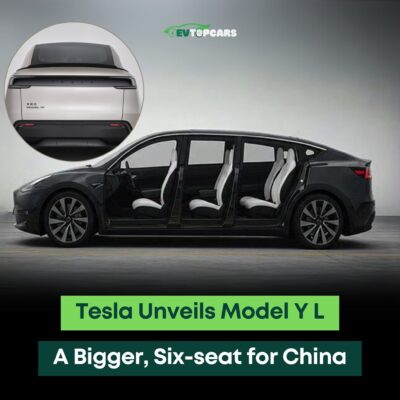Electric cars have been continuously developed since they were first introduced to the market. The term “electric vehicle” is now used as a generic name for more than one type of car. So let’s explore all the details about electric vehicle types together!
1. All-Electric Cars (BEV)
All-electric cars , also known as battery electric cars , run on electric power only and stand out with their zero emission features. This type of electric car does not have a fuel tank. Electricity is stored in rechargeable onboard battery packs, one of the vehicle’s essential parts, allowing the electric motor to move with power from the battery packs. BEVs can be charged at home sockets or via a fast charging station. BEVs house batteries with a much higher capacity than hybrid and plug-in hybrid electric vehicles, given that they only run on electricity. This extra battery technology.
This can also cause BEVs to be more expensive than other types of EVs. However, all-electric vehicles have fewer vehicle parts compared to conventional cars. This indicates that BEVs will require less maintenance, thus less maintenance costs.
2. Hybrid Electric Cars (HEV)
Hybrid electric cars have both an internal combustion engine and an electric motor. Moreover, the engines can work both alternately and simultaneously. The operating mechanism of HEVs provides an alternative to reduce fossil fuel consumption by activating the electric motor during the first start-up and take-off and acceleration phases, when the fuel consumption of the vehicles is maximized. In HEVs, there is also an increase in efficiency, as it is automatically determined which engine will be activated and when.
3. Mild Hybrid Electric Cars (MHEV)
Mild hybrid electric cars consist of a 48-volt system with an integrated starter generator that acts as both a starter and a power bank to assist the internal combustion engine. Unlike other HEVs, the electric motor in MHEVs can only support the fossil fuel engine; that is, it cannot power the car on its own. For this reason, it is still debated whether mild hybrid vehicles can be considered a true electric vehicle.
Learn More: How is Electric Car Inspection Performed?
4. Plug-in Hybrid Electric Cars (PHEV)
The most distinctive difference of plug-in hybrid vehicles from mild hybrid vehicles is that they have a charge inlet compartment in addition to the fuel pump inlet. In this way, there are options to fill PHEVs with both fuel and electricity. The battery can be charged by plugging it into a household power outlet or an electric vehicle charging station (EVCS). When a PHEV runs out of battery, the car can switch to fossil fuel use and act just like a conventional car.
Plug-in hybrid electric cars, which can be used with both electric motor and internal combustion engine even at relatively high speeds, offer different fuel alternatives to their drivers.offers. In addition, the vehicle can also automatically charge the battery and switch between engine types according to conditions. In these respects, PHEVs are similar to other HEVs, but contain a larger battery pack and a more powerful electric motor. Therefore, these vehicles can travel longer distances with only the electric motor.
5. Fuel Cell Electric Cars (FCEV)
Fuel cell electric cars are similar to BEVs in that they only run on electricity. But the way they store energy is very different from theirs! In FCEVs, the energy from compressed hydrogen is converted into electricity by the fuel cell. In this way, the vehicle itself produces the electricity needed to run the electric motor. Thus, it emits only water vapor and hot air without causing exhaust emissions. Similar to internal combustion engine vehicles, FCEVs can be filled in less than four minutes. Moreover, these tools are considered more efficient than traditional tools.










Is hover boarding dangerous? Know the risks of this electric skateboard
How is Electric Car Inspection Performed?